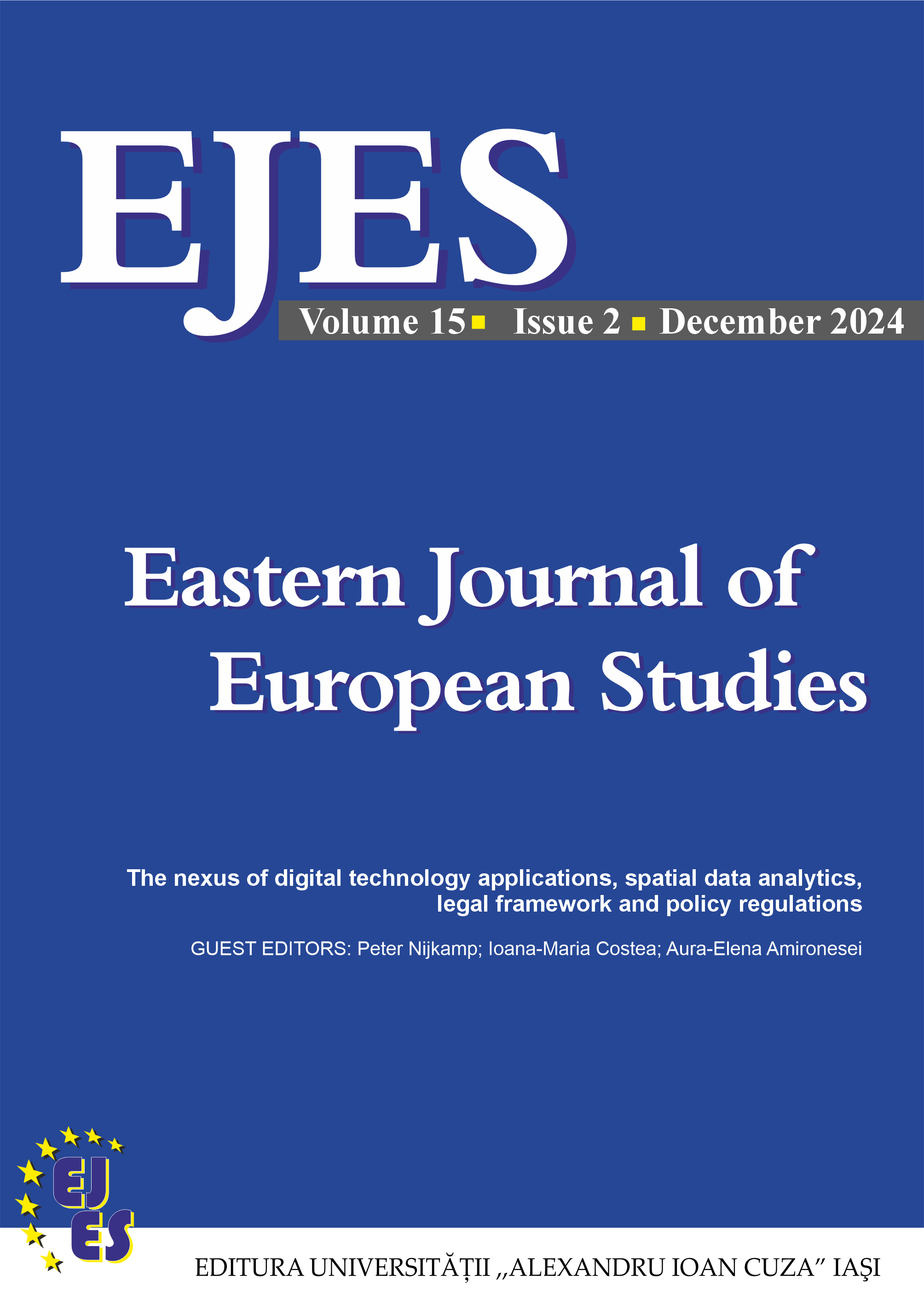Digital twin dialogues on regional development - an interpretative text conversation between humans and chatbots
Digital twin dialogues on regional development - an interpretative text conversation between humans and chatbots
Author(s): Peter NIJKAMP, Karima KOURTITSubject(s): Economy, Geography, Regional studies, Political Sciences, Methodology and research technology, ICT Information and Communications Technologies
Published by: Editura Universităţii »Alexandru Ioan Cuza« din Iaşi
Keywords: regional development; digital twin; man-machine interaction; text analysis; content cloud; methodological perspective; normative framing;
Summary/Abstract: This paper presents a controlled AI-experiment investigating text interpretation in thecontext of the regional development literature. With the rapid advancement of digitaltechnology applications, text interpretation and generation have become increasinglyprevalent, offering profound implications for scientific research in the social sciences,including regional science. Our study seeks to explore commonalities and disparities intextual summaries of previously published material in the domain of the regionaldevelopment literature, employing a trial study approach on a given recent publicationon regional competitiveness so as to compare human-made and machine-made (chatbot)summary texts. We adopt two distinct guiding principles for narrative textualinterpretation: a methodological perspective and a normative framing of content. Thisleads to different types of summaries. Next, through subsequent digital text analysismethods, viz human-based interpretative analysis, content cloud analysis and frequencyanalysis, we analyze and compare the outcomes of this experiment. The results of ourtext analysis were finally also assessed by a small expert panel. Our findings revealnotable differences between human-made and machine-made summaries, showcasingvariations in writing style, substantive content, perceived meanings, and readerinterpretations. These discrepancies are also influenced by the above-mentionedmethodological perspective and normative framing that are applied to the scientificpublication concerned. In general, our comparison highlights that while human-madetexts tend to be more content-rich, machine-made texts exhibit greater richness in formand coverage. Our results suggest that such contrasting differences offer a mutuallycomplementary value in text interpretation. This study contributes to the understandingof text interpretation processes and sheds also light on the evolving dynamics betweenhuman and machine-generated interpretations in the academic discourse on regional development.
Journal: Eastern Journal of European Studies
- Issue Year: 15/2024
- Issue No: 2
- Page Range: 69-103
- Page Count: 35
- Language: English

